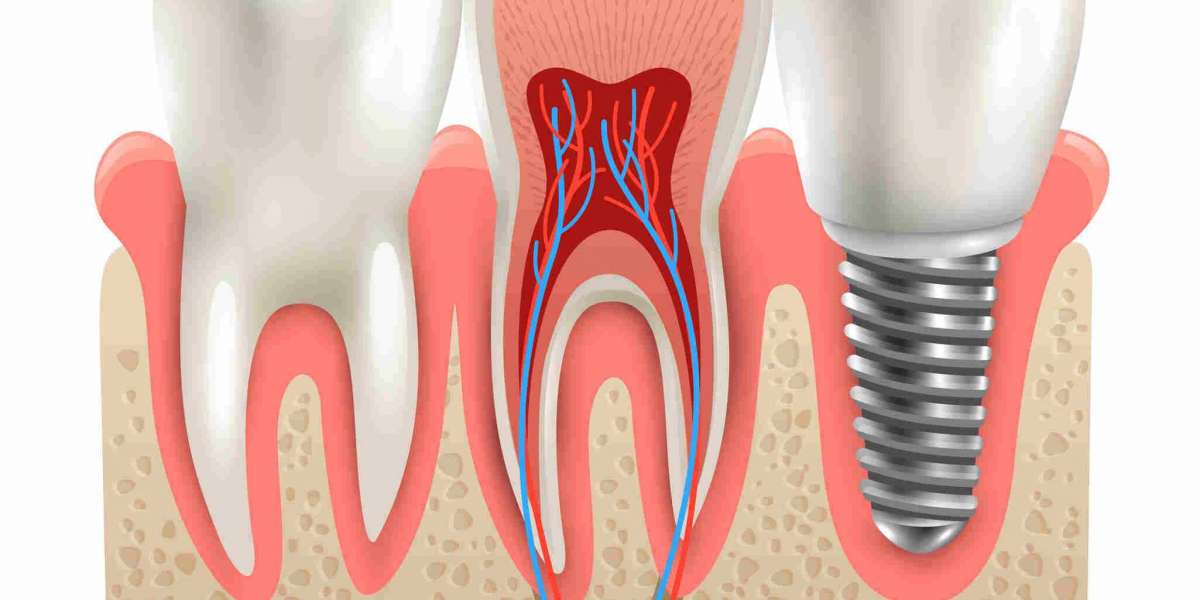By addressing potential issues early, this method can prevent more severe problems in the future, ensuring a healthier and more aligned smile. This comprehensive guide delves into the principles, benefits, and treatments associated with interceptive orthodontics.
What is Interceptive Orthodontics?
Interceptive orthodontics, also known as Phase 1 orthodontics, involves early intervention to correct dental and skeletal discrepancies in young children. Typically, this treatment begins between the ages of 6 and 10, when the jaw is still growing and the permanent teeth are emerging. The primary goal is to guide the development of the jaw and teeth, preventing more complex orthodontic issues that may require extensive treatment later.
Benefits of Interceptive Orthodontics
- Early Problem Identification: By identifying and addressing orthodontic issues early, interceptive orthodontics can prevent more severe problems from developing. This proactive approach can save time, money, and discomfort in the long run.
- Improved Jaw Growth: Early intervention can guide the growth of the jaw, ensuring that it develops in a balanced and symmetrical manner. This can prevent issues such as overbites, underbites, and crossbites.
- Enhanced Facial Appearance: Correcting dental and jaw irregularities early can improve the overall facial appearance, boosting a child's self-esteem and confidence.
- Reduced Risk of Tooth Extraction: By creating space for permanent teeth to erupt properly, interceptive orthodontics can reduce the need for tooth extractions in the future.
- Simplified Future Treatment: Early treatment can make subsequent orthodontic procedures simpler and shorter, as many issues will have already been addressed.
Common Issues Addressed by Interceptive Orthodontics
Interceptive orthodontics can address a variety of dental and skeletal issues, including:
- Crowded Teeth: Early intervention can create space for permanent teeth to erupt properly, reducing crowding and the need for extractions.
- Overbites and Underbites: Correcting jaw alignment early can prevent the development of severe overbites or underbites.
- Crossbites: Addressing crossbites early can prevent asymmetrical jaw growth and improve overall bite function.
- Protruding Teeth: Early treatment can reduce the risk of trauma to protruding front teeth and improve facial aesthetics.
- Thumb Sucking and Tongue Thrusting: Habitual behaviors like thumb sucking and tongue thrusting can cause dental issues. Interceptive orthodontics can help address and correct these habits.
Interceptive Orthodontic Treatments
Several treatments are commonly used in interceptive orthodontics:
- Palatal Expanders: These devices are used to widen the upper jaw, creating more space for teeth to erupt properly and improving bite alignment.
- Space Maintainers: When a baby tooth is lost prematurely, space maintainers can hold the space for the permanent tooth, preventing crowding and misalignment.
- Partial Braces: In some cases, partial braces may be used to address specific issues, such as crowding or alignment problems, during the mixed dentition phase.
- Headgear: This appliance can help correct severe overbites or underbites by guiding the growth of the jaw.
- Habit Appliances: Devices like thumb guards or tongue cribs can help correct detrimental habits such as thumb sucking and tongue thrusting.
The Interceptive Orthodontic Process
The process of interceptive orthodontics in Watford typically involves several stages:
- Initial Consultation: During the first visit, the orthodontist will assess the child's dental and jaw development through a clinical examination, X-rays, and photographs.
- Treatment Planning: Based on the assessment, the orthodontist will develop a personalized treatment plan, outlining the recommended interventions and expected outcomes.
- Active Treatment: The child will undergo the prescribed treatments, such as wearing a palatal expander or partial braces, to address the identified issues.
- Monitoring and Adjustments: Regular check-ups will be scheduled to monitor progress and make any necessary adjustments to the treatment plan.
- Transition to Phase 2: After the interceptive phase is complete, the child may transition to Phase 2 orthodontics (comprehensive treatment) if further alignment is needed.
Conclusion
Interceptive orthodontics is a valuable approach for addressing dental and jaw irregularities early in a child's development. By guiding the growth of the jaw and teeth, this proactive method can prevent more severe issues, simplify future treatments, and enhance overall oral health and aesthetics. If you suspect your child may benefit from interceptive orthodontics, consult with a qualified Dentist in Watford to determine the best course of action. Investing in early orthodontic care can pave the way for a healthier, more confident smile.




